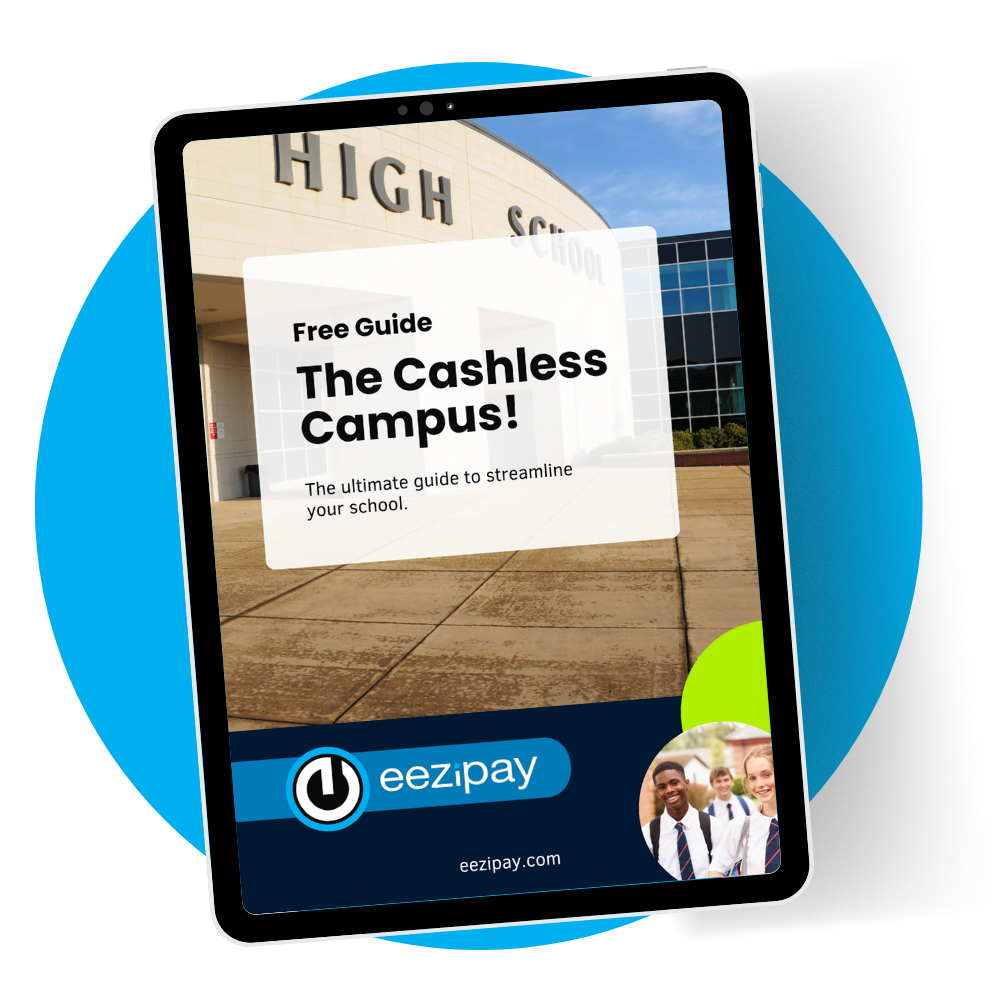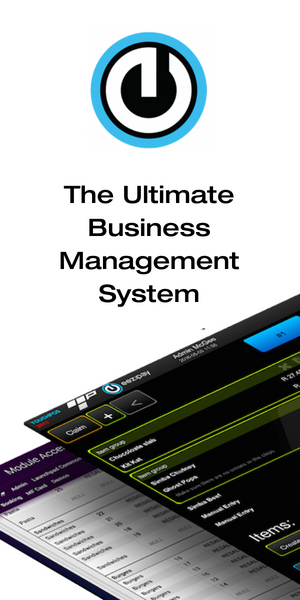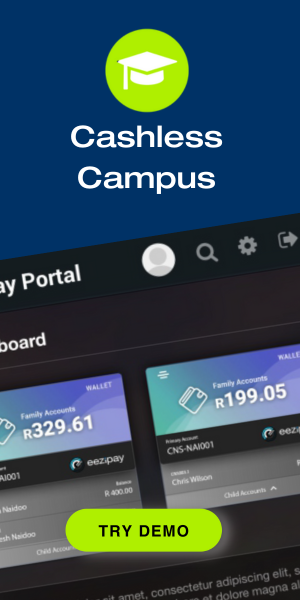How To Become a Cashless School in 5 ‘Eezi’ Steps
Are you considering going cashless, but uncertain on where to start?
Look no further, you have come to the right place!
Cashless schools are transforming the way educators operate and deliver services to parents and students. This enables schools to drive increased efficiency and safety while simultaneously improving the experience of all their stakeholders.
While the idea of creating a cashless environment may seem daunting and complex at first, the good news is it does not have to be. In this blog post we will walk you through 5 ‘eezi’ and simple steps to help your school become cashless.
But before getting into the intricacies, let’s define what a cashless school is.
In a cashless school, payments are made or accepted without the use of physical cash. These types of payments encompass electronic bank transfers, wire transfers, e-wallets (Apple Pay, Google Pay, Samsung Pay), mobile apps, digital cards, as well as cryptocurrencies. They provide the benefit of an automated, secure, and traceable way of making and processing various education-related payments.
Many schools acknowledge the value and benefits of transitioning to a cashless system but are uncertain about how to pursue it. Not to worry, we will walk you through 5 ‘Eezi’ and simple steps to become a cashless school.
- Consider the Needs of Your School and Stakeholders
- Create an Action Plan
- Perform a Simple Cost-Benefit Analysis
- Choose the Right Vendor
- Communicate the Plan
1. Consider the Needs of Your School and Stakeholders
If you are seeking a modern and convenient cashless solution for your school, the first crucial step is to communicate the benefits of transitioning to a cashless system to all key stakeholders and decision-makers (management team, personnel, parents).
Ensure that the cashless solution is inclusive, taking into account the needs of the school and various stakeholders. One of the excellent ways to approach this is to initiate a conversation around school culture, wasted resources and how your school can create a cashless environment with the aid of adopting technology.
The rest of the transition will go much more smoothly once you have internal support and approval from all school system stakeholders.
2. Create an Action Plan
Every new project requires a strategy specifying the steps needed to achieve your goals.
Even though this might not be necessary, creating a detailed action plan that outlines the processes and methods of transitioning to a cashless system is beneficial. This can assist in persuading parents, educators, and other school personnel that a cashless school will be advantageous for all stakeholders. For instance, you could mention in the action plan how a cashless system reduces administrative costs and time and boosts social cohesion amongst learners.
3. Perform a Simple Cost-Benefit Analysis
There may be hesitancy from those who are mainly accustomed to the traditional ways of managing and collecting money.
Create a simple cost-benefit analysis that highlights the viability and long-term benefits of adopting a cashless solution. Compare and calculate the time and money spent from collecting money all the way to depositing the money in the bank.
4. Choose the Right Vendor
Choosing the right vendor that best aligns with your needs and goals, can ensure a smooth and successful transition to a cashless school system. Make sure the system you choose addresses all your concerns and pain points.
Before selecting a vendor, consider the following questions:
- Which forms of identification do you need to use?
- What technology infrastructure is required?
- How user-friendly is the cashless system platform?
- Does the cashless system offer automated reports?
- Can the cashless system integrate with the school’s existing software system?
- How long does it take to implement?
- Are free meals and bursaries discreetly managed?
- How secure is the cashless system?
Lastly, you need to be cognisant of the costs of each cashless solution as well as the vendor’s level of service.
5. Communicate the Plan
Once you have received approval to implement the cashless school system, the final step is to communicate the information to the stakeholders that will be impacted.
Think about holding a meeting to explain how the new cashless payment system will operate and respond to any queries that stakeholders may have.
Ensuring everyone is informed about how to make the most of the new cashless school system is crucial to gaining everyone’s support.
Ready to go Cashless?
Going cashless may seem like a difficult endeavor especially if you are accustomed to the traditional way of processing payments. The good is news that our all-in-one solution is designed to simply the management of educational expenses thus assuring a smooth transition to a cashless school.
Let us help you kickstart your journey to streamline your school today.










